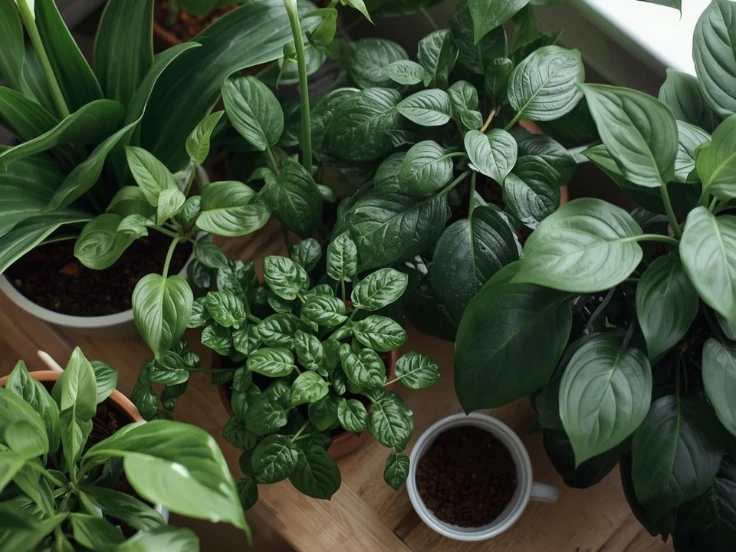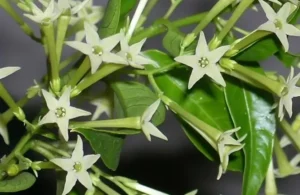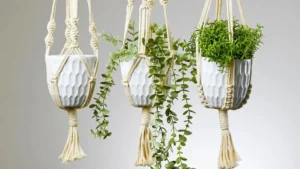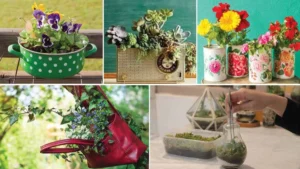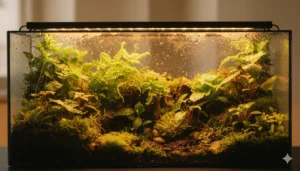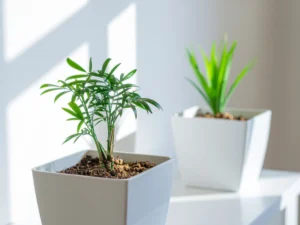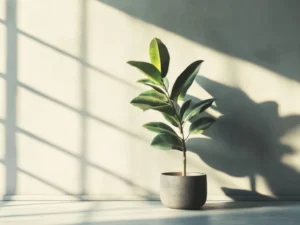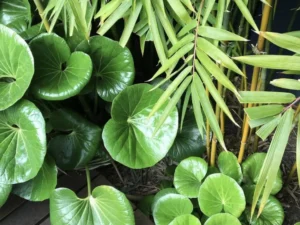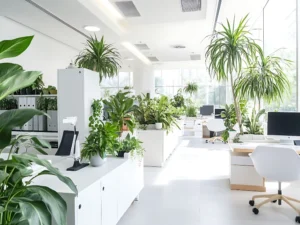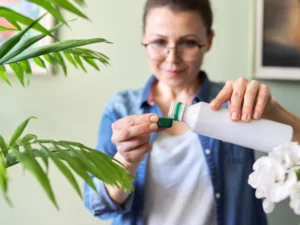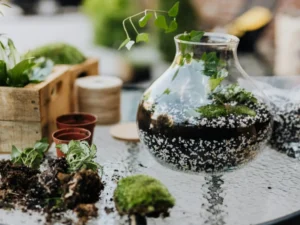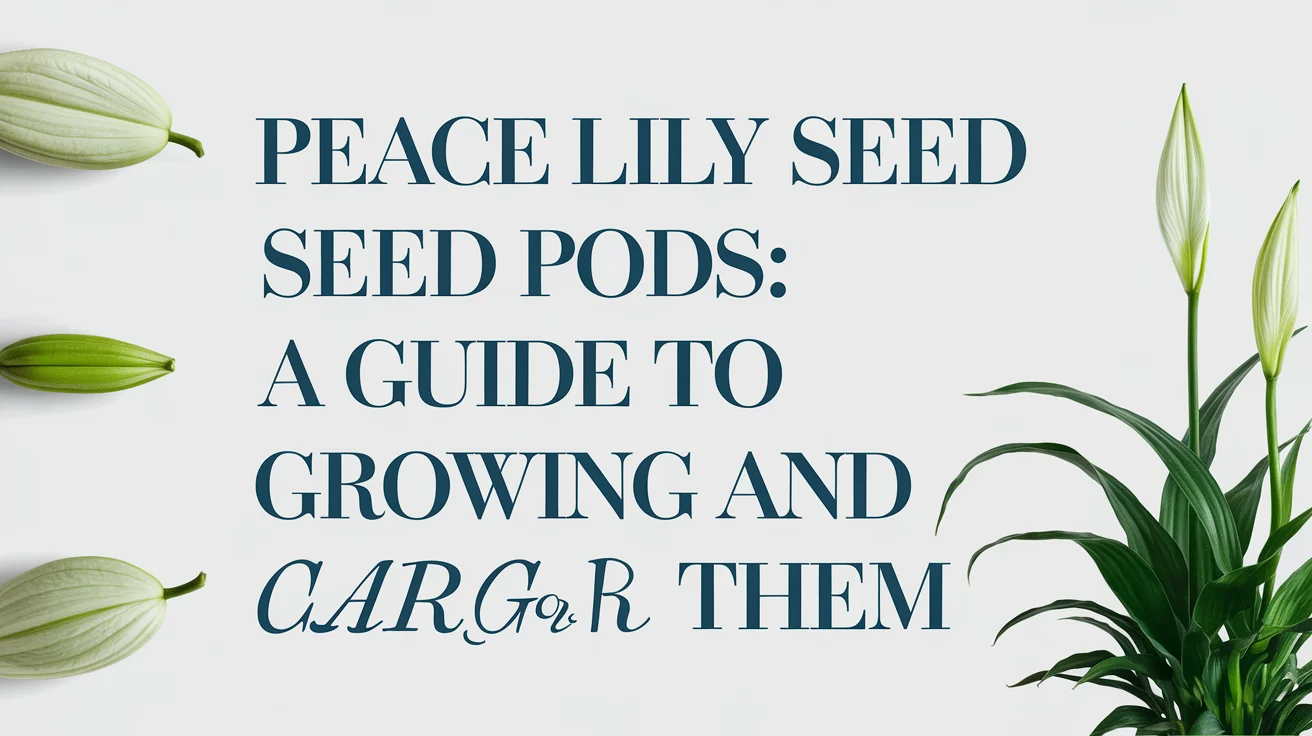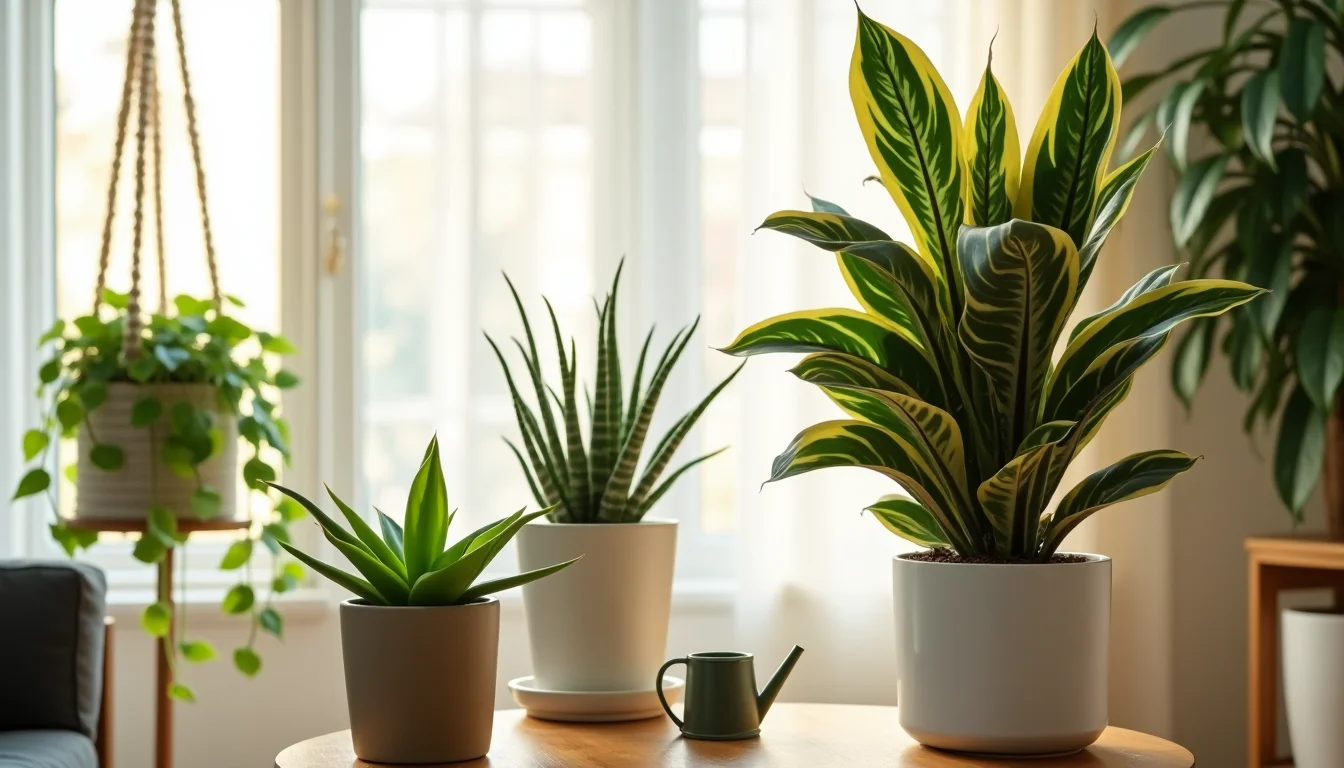If you’ve ever wondered what indoor plants like coffee grounds, you’re not alone. Used coffee grounds are a natural, effective fertilizer for indoor gardens. Packed with nitrogen, magnesium, and potassium, they enrich the soil, strengthen roots, and keep plants vibrant year-round.
When used properly, coffee grounds can enhance the green vibrancy of your indoor plants and encourage steady growth. However, moderation is the secret. Fresh coffee grounds are acidic, while used grounds are more neutral and safe for most plants. Understanding this distinction helps avoid pH imbalance in your potting soil.
Incorporating coffee grounds into your routine also aligns with sustainable gardening. You recycle waste and create a natural, eco-friendly fertilizer without relying on chemicals. This approach benefits both your home environment and the planet.
How to Use Coffee Grounds the Right Way
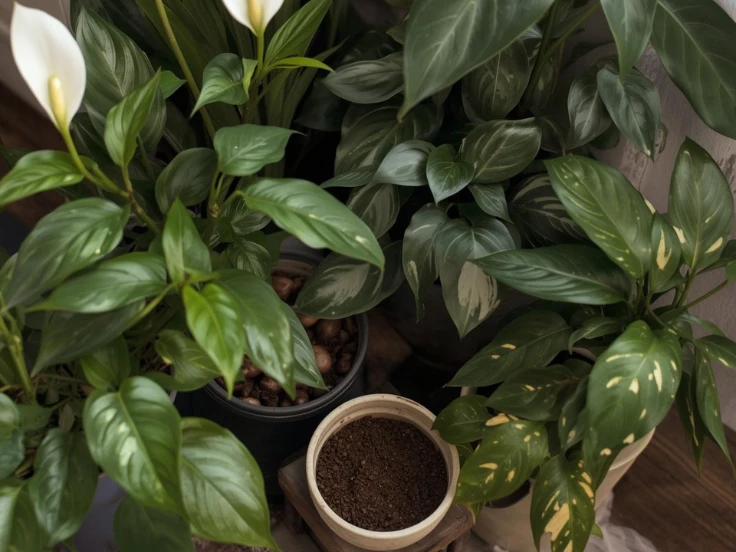
Applying coffee grounds to indoor plants requires balance. Sprinkling too much directly on the soil can lead to mold and compaction, preventing roots from breathing properly. The best method is to mix used coffee grounds with regular potting soil or compost before application.
You can also soak coffee grounds in water for 24 hours to create a mild “coffee tea.” This liquid provides a light nutrient boost without altering soil texture. Used sparingly, this tea refreshes plants like Peace Lilies, Pothos, and African Violets, helping them thrive in indoor conditions.
Remember to monitor your plant’s reaction carefully. If leaves start to lose their shine or the soil feels consistently damp, it’s a sign to cut back. Using coffee grounds just once a month is typically enough to keep your indoor plants healthy and vibrant.
The Best Indoor Plants That Love Coffee Grounds
Some indoor plants thrive exceptionally well when treated with coffee grounds. These plants generally prefer slightly acidic or neutral soil and enjoy the slow-release nitrogen that coffee provides. Among them are African Violets, Philodendrons, Spider Plants, and Peace Lilies.
Pothos and Snake Plants also respond positively, showing glossier leaves and stronger stems. The Christmas Cactus, with its seasonal blooms, benefits from the trace minerals found in diluted coffee tea. Coffee grounds create a gentle feeding cycle that supports consistent, healthy foliage year-round.
When adding coffee grounds, always mix them evenly with the soil to maintain balance and texture. Avoid forming a dense top layer that blocks airflow or traps excess moisture. This simple habit helps roots breathe freely and absorb nutrients more effectively for steady, healthy growth.
Indoor Plants That Dislike Coffee Grounds
While coffee grounds can benefit many plants, not all indoor species react the same way. Some plants, like succulents and cacti, dislike the moisture-retaining nature of coffee grounds. These species prefer dry, sandy soil that drains quickly.
Lavender, Orchids, and Aloe Vera often struggle when exposed to high acidity from coffee grounds. The excess moisture can lead to root rot and restrict airflow in their potting mix. Geraniums also react poorly, showing slow or stunted growth when the soil becomes compact and heavy.
For these sensitive plants, it’s best to skip coffee grounds altogether or use them only in compost that’s fully decomposed. Each species has unique soil needs that determine how well it grows indoors. By understanding and respecting those preferences, you help your garden thrive without unnecessary stress.
Composting Coffee Grounds for Indoor Gardening

Composting is the safest and most effective way to prepare coffee grounds for use. By mixing them with dry materials like leaves, sawdust, or cardboard, you balance nitrogen and carbon in your compost pile. The result is a dark, crumbly material full of nutrients and beneficial microorganisms.
When the compost matures, you can add it to potting soil or use it as a light top dressing. This method ensures that your plants receive nutrients slowly over time. It also helps improve soil aeration, keeping roots strong and healthy.
For small apartments or limited spaces, a compact worm composting bin works perfectly for recycling coffee grounds. The worms break down the grounds naturally, turning them into nutrient-rich castings that boost soil health. This simple, low-maintenance method keeps your indoor plants thriving year-round.
How Often Should You Use Coffee Grounds on Plants
Using coffee grounds too often can overwhelm your plants, while too little might not make a noticeable difference. A consistent yet cautious approach yields the best results. Most indoor plants benefit from coffee-based compost or tea every four to six weeks.
Instead of adding coffee grounds directly, blend them into the soil during repotting or when refreshing the top layer. This method ensures even distribution and prevents the mix from clumping together. Always maintain good drainage so your indoor plants stay healthy and free from soggy soil conditions.
Observe your indoor plants closely to track their response over time. If they appear lush, green, and steadily growing, your coffee ground routine is doing well. However, any yellowing leaves or slowed development mean it’s time to pause and make small adjustments.
Common Mistakes to Avoid When Using Coffee Grounds
Even experienced plant owners can make mistakes when applying coffee grounds to indoor plants. One of the most common errors is using fresh grounds, which are often too acidic for most houseplants. To avoid problems, always stick to brewed, used coffee grounds that are gentler on the soil and roots.
Another issue arises when people sprinkle a thick layer on top of the soil. This creates a barrier that prevents water and air from reaching the roots. Mixing is always safer. Avoid using coffee grounds for every watering cycle; moderation prevents mold and pest growth.
Lastly, keep in mind that different plants have varying nutrient requirements. Before adding coffee grounds, take a moment to check each plant’s preferences and tolerance. Ensuring compatibility helps your indoor garden thrive without causing stress or damage.
Eco-Friendly Benefits of Using Coffee Grounds
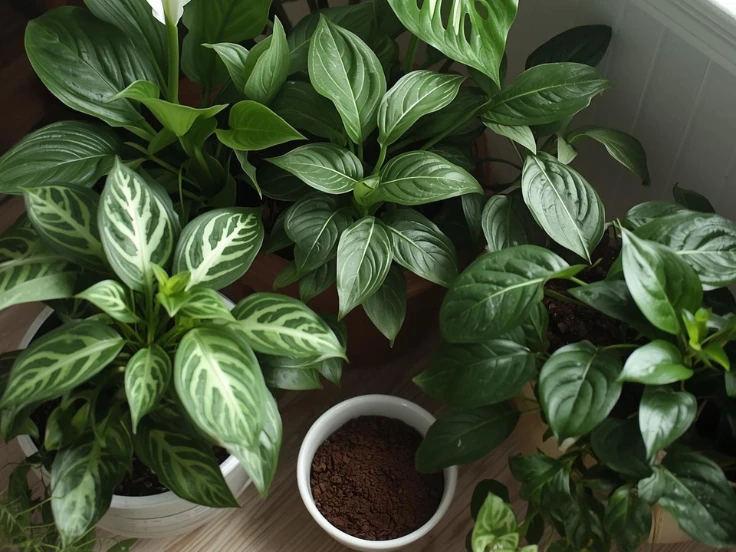
Using coffee grounds in your indoor garden supports an eco-conscious lifestyle. Instead of discarding leftovers, you transform them into a resource that nourishes your plants naturally. This simple act reduces waste and dependence on chemical fertilizers.
Coffee grounds also support healthier indoor air by encouraging lush, green plants that naturally absorb toxins and release oxygen. The added organic matter enriches soil life, fostering beneficial microorganisms. This balance helps maintain a thriving and healthy indoor garden environment.
Each time you reuse coffee grounds, you take a simple yet meaningful step toward sustainable living. Your indoor plants benefit from the extra nutrients and thrive more vigorously. At the same time, your home becomes greener, healthier, and more eco-friendly in multiple ways.
Troubleshooting: Recognizing Overuse or Soil Problems
Overusing coffee grounds can create issues, even for plants that usually enjoy them. Signs like yellow leaves, moldy soil, or a sour smell indicate too much moisture or acidity. These symptoms mean it’s time to pause and repot with fresh soil.
If your plant’s growth starts to slow, inspect the soil for compaction or poor drainage. Excessive coffee grounds can sometimes restrict airflow to the roots. Gently loosen the soil and allow it to dry before resuming light applications of compost or coffee- ased fertilizer.
Fungus gnats are another warning sign that coffee grounds may be overused, as these pests thrive in damp, nutrient-rich soil. Reducing the frequency of coffee applications can help prevent their return. Improving airflow and ventilation around your plants usually resolves the problem quickly and naturally.
FAQs
Can I pour leftover coffee directly into pots?
Only in small amounts. Always dilute coffee with water before use to avoid shocking the roots.
Do coffee grounds attract insects?
If overused, yes. Proper composting eliminates the smell that attracts pests.
Which plants benefit most?
Peace Lilies, Pothos, and African Violets respond beautifully to small amounts of used grounds.
How long do coffee grounds stay effective?
They release nutrients slowly for several months, enriching the soil naturally.
Can I use instant coffee or pods?
No, as they contain additives that may harm your plants.
Conclusion:What Indoor Plants Like Coffee Grounds
Coffee grounds are a gift from your daily routine to your indoor garden. They enhance soil fertility, boost plant growth, and encourage sustainability. Using them alongside indoor plants that repel bugs helps keep your garden healthy and pest-free.
The key lies in moderation and understanding your plants’ needs. Some species thrive on extra nutrients, while others prefer simpler soil. For tips on edible indoor gardening, check out how to grow chilli plants indoors here, and enjoy greener, healthier plants at home.

